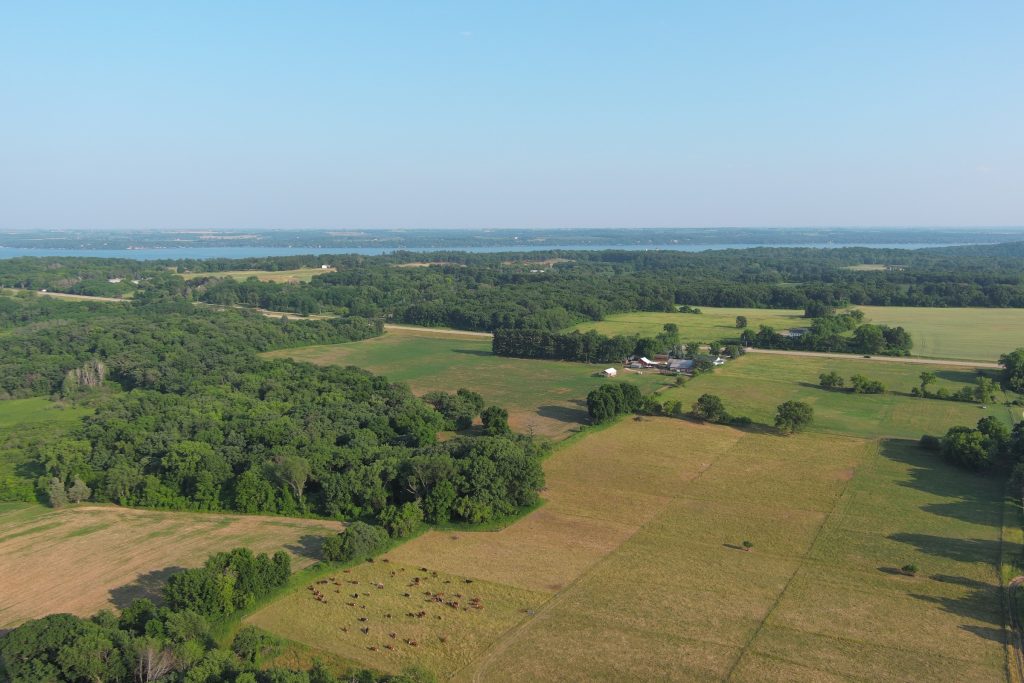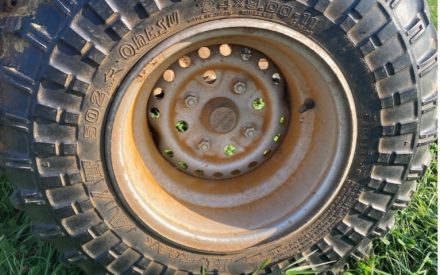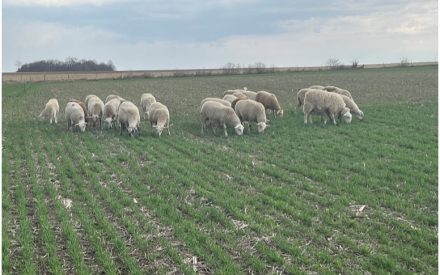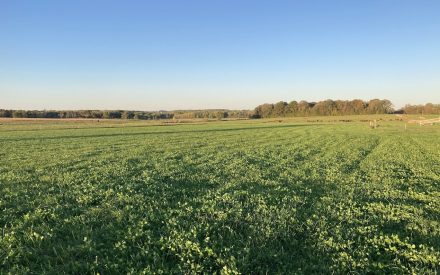Cool-season grasses are highly dependent on regular rainfall, with 1 to 1.5 inches a week needed for sustained optimal growth through the summer. While dry and hot conditions in July and August frequently result in a “summer slump”, longer periods of deficient rainfall can dramatically reduce pasture production. Poor management during drought can slow pasture recovery after the rain starts falling again. It is important for farmers to understand how grazing management can either intensity or reduce drought stress.

Managed grazing reduces drought stress
While proper care of livestock is the highest priority when dealing with drought, farmers should also take the opportunity to identify management changes that can help to avoid future problems. Farmers who implement managed grazing practices are better positioned to deal with drought conditions. Well-managed pastures are naturally more tolerant of drought conditions. Well-managed grazing includes:
- Rotating livestock to a new pasture at least every 3 to 4 days.
- Leaving 4-6” of residual after grazing.
- Resting pastures until fully recovered (30+ days) between grazings.
- Appropriate stocking rate and density for the pasture acreage you have.
When these four principles are applied, the plants are never depleted of carbohydrate reserves and have a well-developed root system that can access water deep in the soil profile. The soil surface is adequately covered to preserve soil moisture, and the potential for regrowth is maximized. These benefits will only occur where proper management is applied. Observing how your pastures respond to drought conditions can help you be better prepared the next time it happens.
Drought stress can occur anytime during the grazing season. The longer the dry conditions continue, the longer the rest period each subsequent paddock will need. Keeping track of how many days or weeks of grazing you have ahead of you allows you to implement a timely drought response. While the strategy will look different for every farm, the best response plan will minimize both short and long-term costs and speed the recovery of the pasture when the rain begins again. The attached fact sheet can help to develop a response plan for when drought conditions become severe.

 Managing Rust in Cool Season Pastures
Managing Rust in Cool Season Pastures Grazing Cover Crops and Annual Forages
Grazing Cover Crops and Annual Forages Grazing to Protect Surface Water: Considering critical and sensitive areas
Grazing to Protect Surface Water: Considering critical and sensitive areas Research Brief: Interseeding legumes into grass pastures
Research Brief: Interseeding legumes into grass pastures


